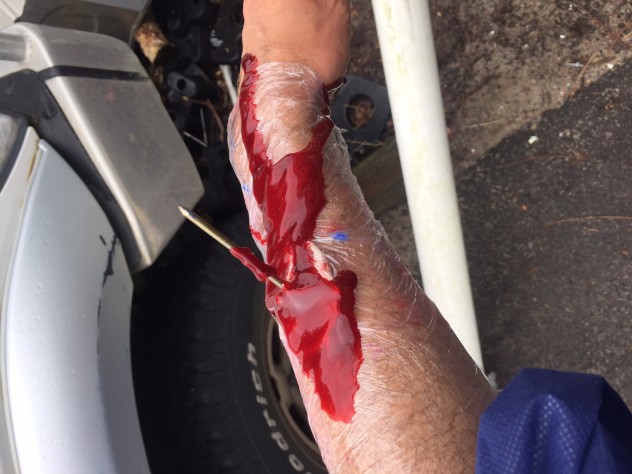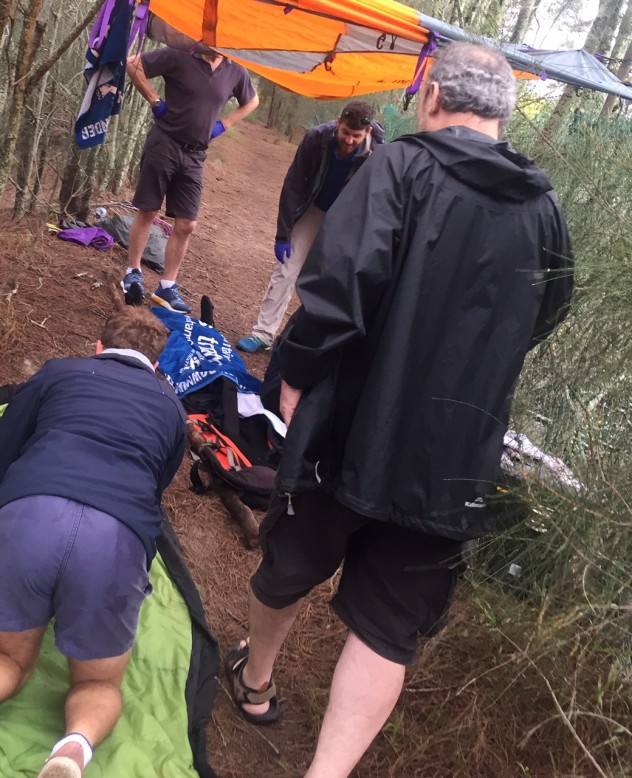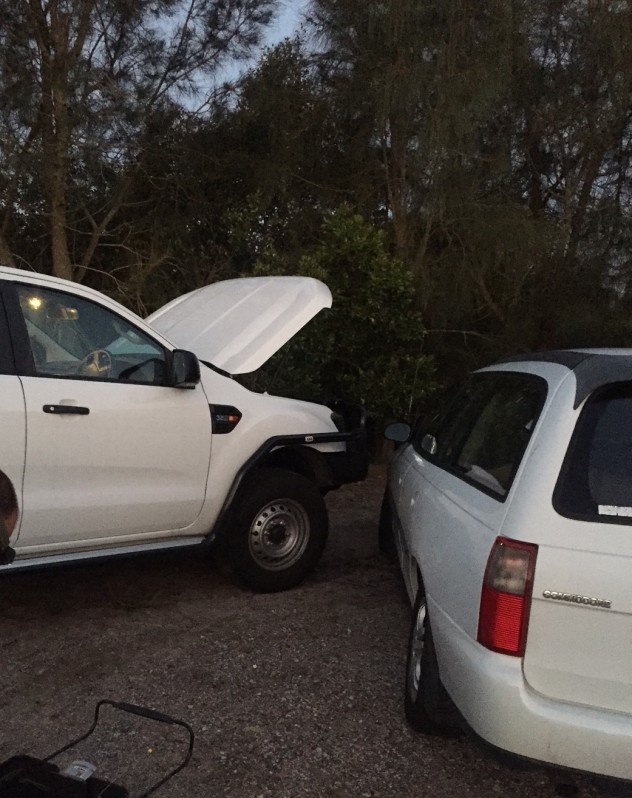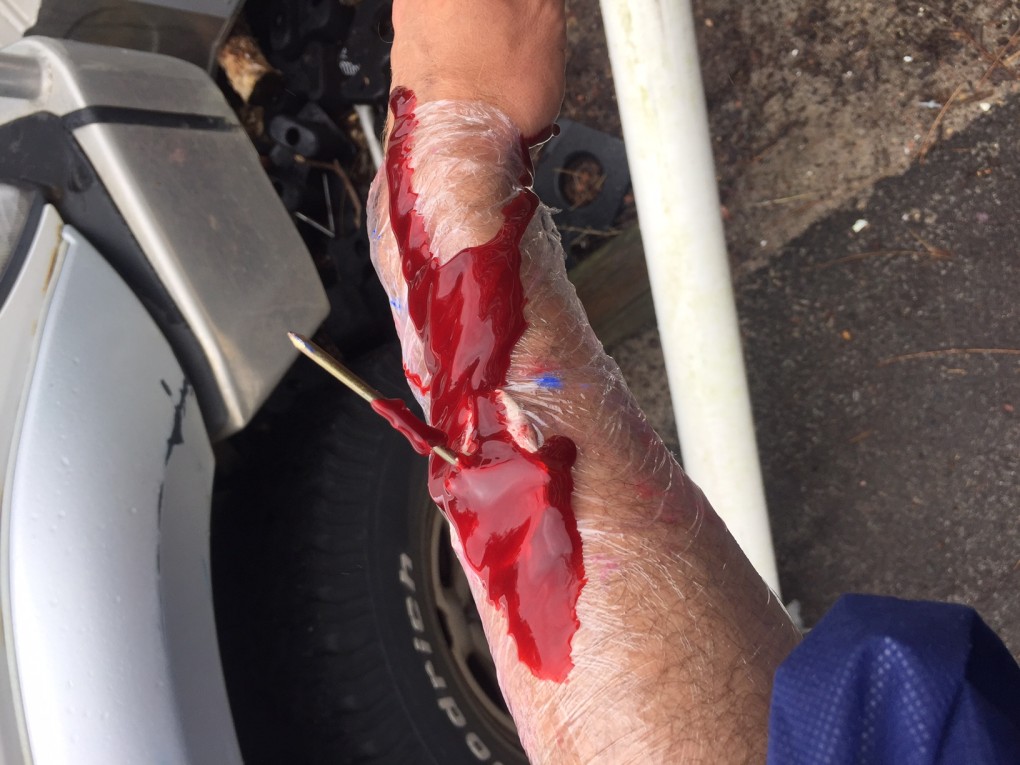Once again my three years were up. It’s almost like Logan’s Run with the light going red on my hand… Well not quite, but first aid certification in Australia only lasts three years. So last week it was back to the classroom for first aid update training!
Often the quality of basic first aid courses is pretty woeful. You sit there in front of an instructor who has the power point burning hot. He monotonously steps you through each and every pain-staking slide and reads everything to you that you could easily have read yourself. Most courses are simply the ‘compliance’ stuff you need to ‘maintain’ your qualification so you can treat a paper cut in the office or be eligible for the ‘official First Aid officer’ payment. If you can, avoid these sorts of courses at all cost, as they really teach you nothing more than CPR and how to dial 000.
Although most of the first aid you’re likely to be doing in your day to day work is going to be relatively sedate, you never know what will happen and you can get thrown in the deep end and find yourself outside your comfort zone very quickly. The reality is that most causalities don’t sit there calmly whilst you bandage their non-broken arm. If someone needs your help, there’s usually going to be pain, covered in blood, collapsed, vomiting or all of the above.
Case in point, one day I was walking along the corridor outside the classrooms. One of my colleagues yelled out to me to come and help. I stepped into the room to see one of the students collapsed, fitting on the floor, frothing at the mouth and going blue in the face. Everyone in the room had frozen and didn’t know what to do. If you’re dealing with kids in particular, the reality is that something like this is eventually going to happen. You’re better to be prepared for it and not have it happen, than not to be prepared when it does. Walking into a confronting scene and being able to react appropriately is something that only training and experience can provide. The better the training, the easier it is to get your head around what needs to happen next.
I didn’t know what to expect from this course, as every course I’ve done over years has varied dramatically. Within the first hour, we were into scenarios and this was where it got interesting. Casualties were made up with some awesome looking wounds, injuries and scenes were staged with heavy machinery, vehicles and boats. With fake blood everywhere, it was scarily realistic!

You’re thrown into each scenario with little or no information, which will be the case if you find yourself dealing with a similar situation in real life. It’s up to you to work with the resources you have to contain and respond to the situation at hand. This is generally easy when you’ve only got one casualty, but add in two or three and a bit of anger and conflict to the mix, then you have some tough situations with which to deal.


The course was amazing with some short sessions of instruction, followed by a variety of these intense, realistic scenarios. Each and every one of them got the adrenaline pumping! From someone running at you yelling for help, to approaching a scene that’s chaotic, full of noise, smoke, casualties, blood and screams, it was challenging. Even though you know it’s setup, it still has the effect of raising your heart rate and throwing you in to manage what could be a real-life situation, a workplace accident, a vehicular accident or even an accident at home.

Training in this manner is important, as it helps you to pause, check for danger and potential risks and hazards as well as assess the situation in as calm a manner as possible. Many people rush into situations, which often puts them at risk of harm as well. Making situations feel real means that your brain is being pushed to make those informed decisions before you’re confronted with the complex challenge of a real situation.
The great thing about the course was the fact that everyone was pushed. No matter how experienced we were, the scenarios pushed the limits and I certainly got a lot out of it. The remote area course was far more than just completing the 3 year compliance check. It was interesting, it was challenging, but overall it was rewarding, as I’ve come away with more confidence in how to assess complex situations that in reality might one day happen.
As a good guide for first aid training, forget Senior First Aid, seriously what’s the point? In my opinion, it’s a complete waste of time and money that won’t really do anything more than train you in the most basic of first aid theories, which doesn’t prepare you very well for the real thing. Look for something like a Remote Area or Wilderness First Aid run by a reputable provided such as Remote Safety Solutions. It’s even better if it can be tailored to your specific areas of operation. It’s well worth the time and effort to do this. You and your organisation will be far better prepared if something does happen.
